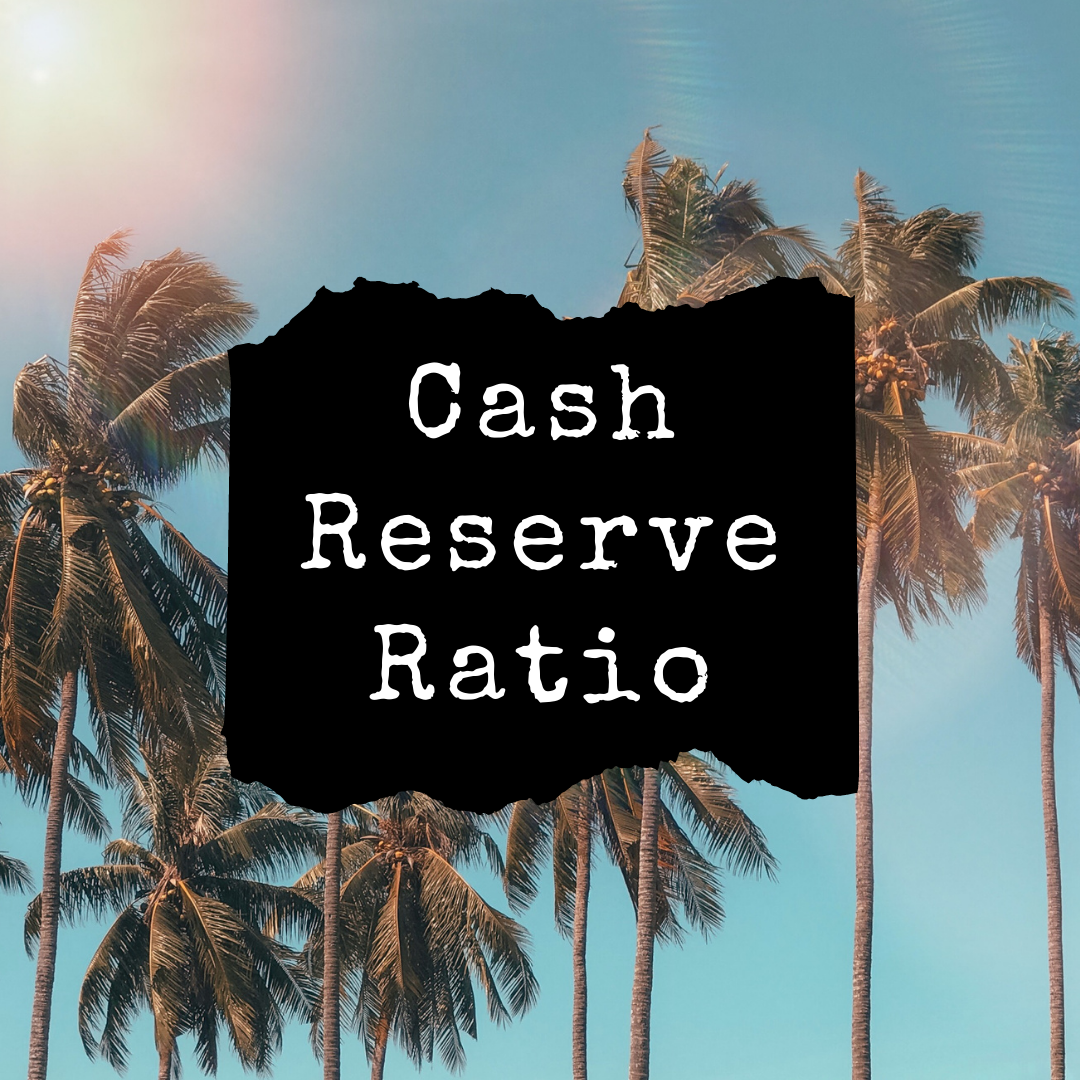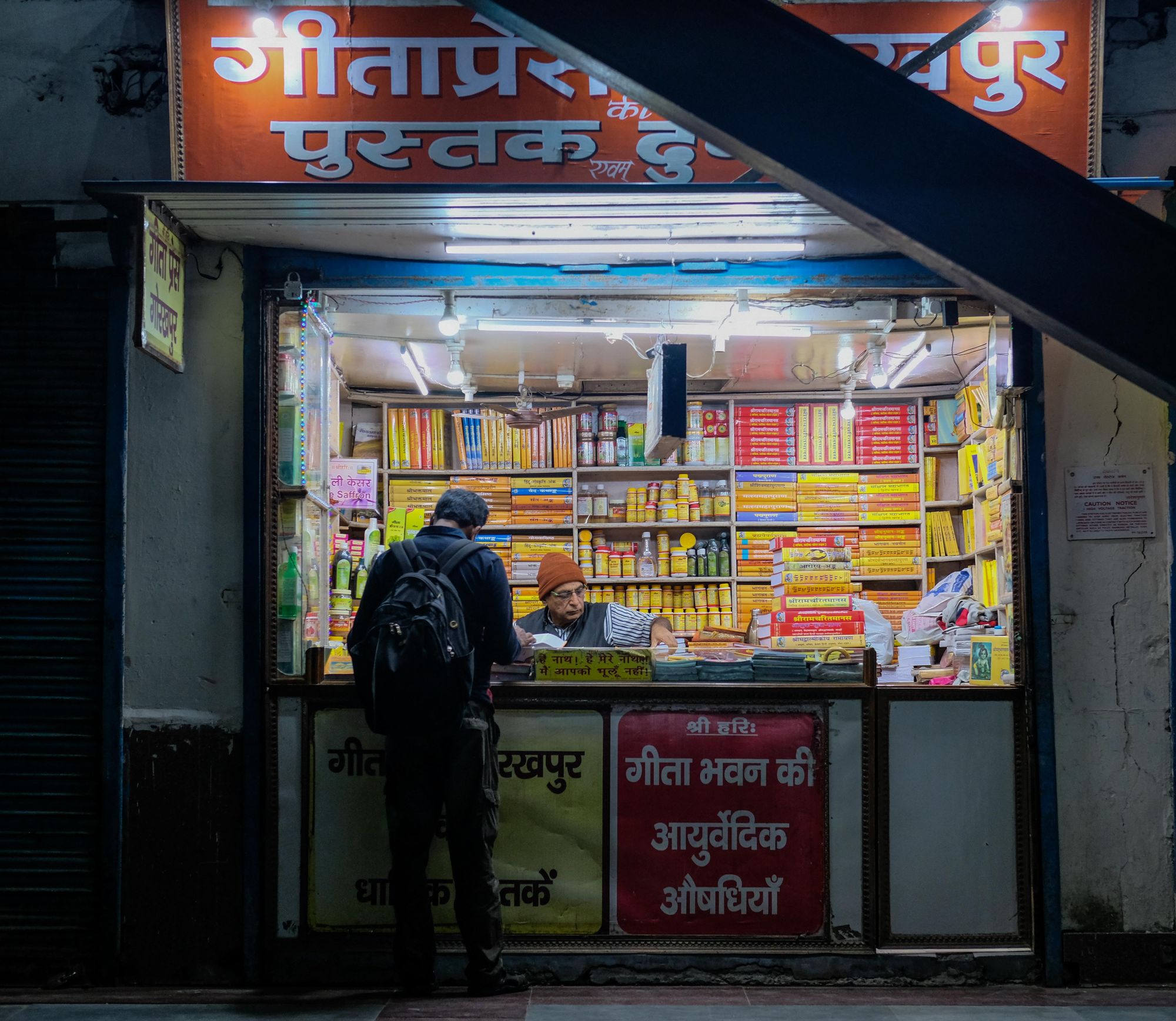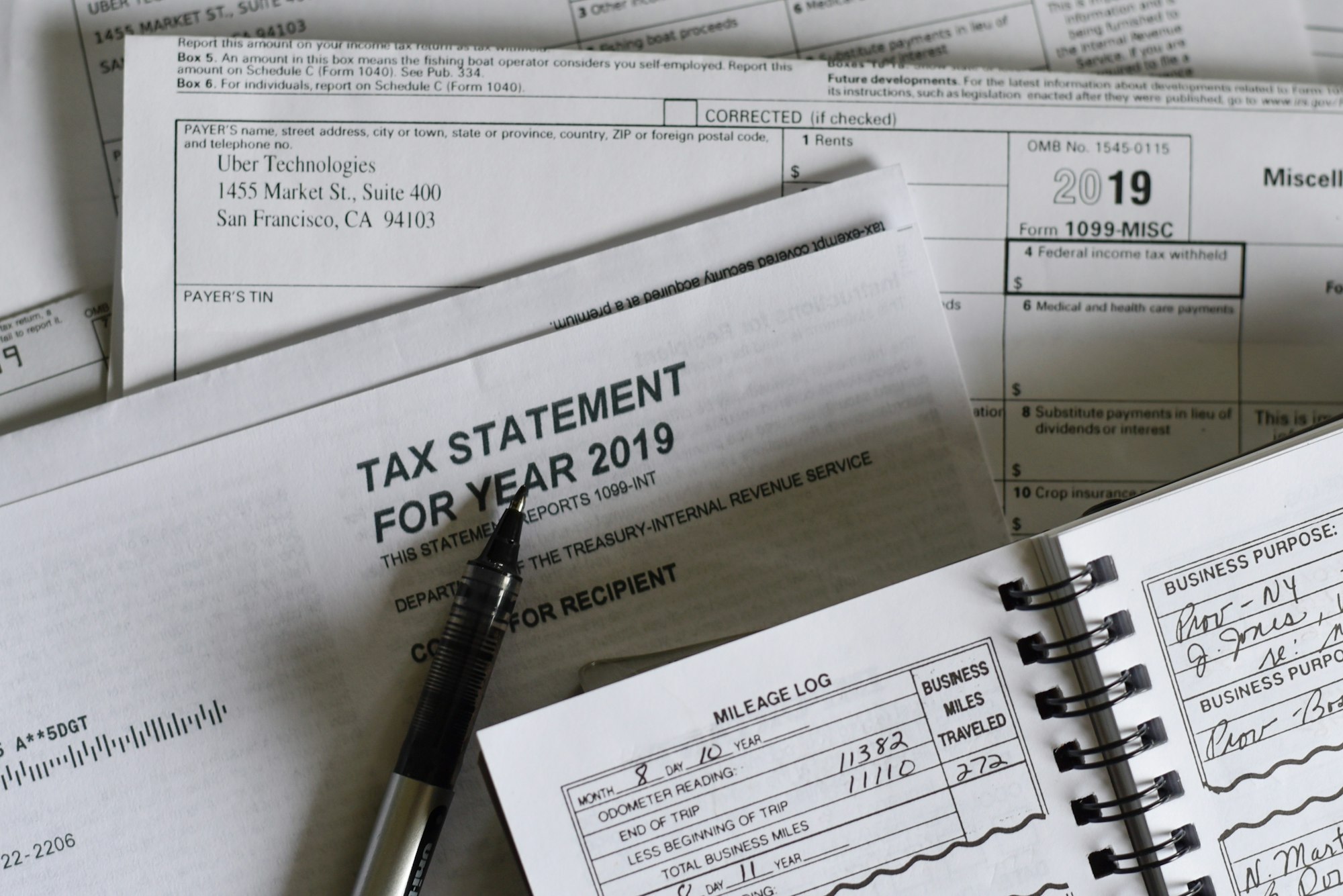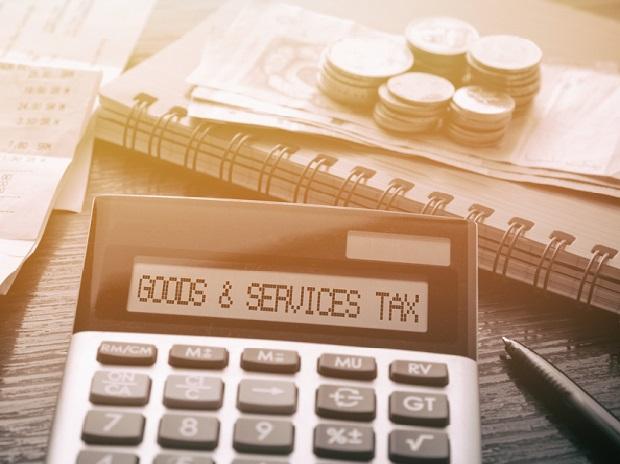When you make banking transactions, you might have come across the term ‘Cash Reserve Ratio' or CRR many times. Have you wondered what it means?
Cash Reserve Ratio is also known as CRR, is decided per their country. In India, the Reserve Bank of India, also known as RBI, decides the Cash Reserve Ratio in India, based on The RBI's Monetary Policy Committee per the periodic Monetary and Credit Policy.

The RBI takes stock of the Cash Reserve Ratio every six weeks during the monetary policy review. Cash Reserve Ratio is one of the primary weapons in the RBI's arsenal that allows it to maintain a desired level of inflation. They control the liquidity and money supply of the economy. The lower the Cash Reserve Ratio, the higher the liquidity with banks, which goes into leading and investment. Higher Cash Reserve Ratio can also negatively impact the economy as lesser availability of loan-able funds, which in turn slows down investment. It can land up reducing the supply of money in the economy.
What is Cash Reserve Ratio or CRR?
The RBI or Reserve Bank of India mandates that banks store a proportion of their deposits in the form of cash. The cash percentage required to be kept in reserves via a bank's total deposits is called the Cash Reserve Ratio. This is so that the same can be given to the bank's customers if the need arises. The cash reserve is either stored in a bank vault or is sent to the Reserve Bank of India.
Cash Reserve Ratio (CRR) is a specified percentage or minimum fraction of the total deposits of customers. Commercial banks have to hold reserves either in deposits or cash with the central bank. The CRR is set according to the guidelines of the central bank of a country. Banks don't get any interest on the money that is with the RBI under the Cash Reserve Ratio requirements.
What is the Cash Reserve Ratio Formula?
If the current CRR rate is 5%, a bank is required to store 5% of the total Net Demand and Time Liabilities or NDTL in the form of cash. The bank is not allowed to use this money for investment or lending.
The Formula for the Reserve Ratio
Reserve Requirement = Deposits × Reserve Ratio
What are the Objectives of the Cash Reserve Ratio?
The two main purposes of the Cash Reserve Ratio are as mentioned below:
The part of the bank's deposits with the Reserve Bank of India ensures the security of the amount. The cash is hence readily available when customers want their deposits back.
The CRR lets you keep the inflation under control. During the time of high inflation in the economy, the Reserve bank increases the reserve ratio so that banks keep more money in reserves so that they have lesser money to lend.
SLR Vs. CRR
SLR is also known as Statutory Liquidity Ratio, which can be maintained either cash or gold; meanwhile, CRR needs to be maintained only in cash.
|
Statutory
Liquidity Ratio (SLR) |
Cash
Reserve Ratio (CRR) |
|
In the
case of SLR, banks are asked to have reserves of liquid assets, which include
cash, government securities and gold. |
The CRR
requires banks to have only cash reserves with the RBI |
|
Banks
earn returns on money parked as SLR |
Banks
don’t earn returns on money parked as CRR |
|
SLR is
used to control the bank’s leverage for credit expansion. It ensures the
solvency of banks |
The
Central Bank controls the liquidity in the Banking system through CRR |
|
In the
case of SLR, the securities are kept with the banks themselves, which they
need to maintain in the form of liquid assets. |
In CRR,
the cash reserve is maintained by the banks with the Reserve Bank of India |
How can the Cash Reserve Ratio help?
During the times of high inflation, the government needs to ensure that the excess money is not available in the economy. The RBI increases the Cash Reserve Ratio, hence the amount of money that is now available with the bank, reduces. Hence, this stops the excess flow of money in the economy. As and when the government needs to pump funds into the system, it lowers the CRR rate. This in turn helps the bank provide loans to a large number of industries and businesses for investment purposes. Lower CRR boosts the growth rate of the economy.
Deposit Multiple = 1/ Reserve Ratio
The Cash Reserve Ratio is key to understanding how much credit money banks can make by lending our deposits. For example, if a ban has $600 million in deposits, it must hold $50 million, or a minimum a 10% in reserve. It can then lend out the remaining 90%, which is $550 million, which would make it's way back into the banking system as new deposits.
Banks can then lend out 90% of the amount, or $505 million while retaining $55 million in reserves. Ultimately, the $600 million in deposits can turn into $6 billion in loan, where the 10% reserve requirement defines the money multiplier.
Advantages of Cash Reserve Ratio (CRR)
- The CRR assists in sustaining and building the solvency position of any scheduled commercial bank.
- CRR makes sure the liquidity system of scheduled commercial banks is consistently maintained well.
- CRR works towards having a smooth supply of cash as well as credit in the nation’s economy.
- Through the implementation of CRR, the Reserve Bank of India or the central bank can coordinate and controls the credits that are by commercial banks.
- When the Reserve Bank of India decreases the CRR, a scheduled commercial bank will have the ability to offer more loans such as car loans, personal loan, home loans, and other forms of credit to borrowers across the country. This, in turn, will increase the flow of cash to the public.
- When market interest rates go down intensely, the cash reserve ratio acts as a very good liquidity absorption instrument. This functioning of the instrument will help in improving the declining rates.
- Implementation of the CRR is more effective when compared to relying on other monetary instruments such as Market Stabilization Scheme bonds.
- The CRR or Cash Reserve Ratio plays a positive role in moderating the financial environment whenever there is a surplus rupee situation.
Key Takeaways
- The cash reserve ratio is set by the central or reserve bank of the country. It is the percentage of the commercial bank's deposits that must be kept in cash as a reserve in case of mass customer withdrawals
- The Reserve banks uses the reserve ratio as an important monetary policy tool to decrease or increase the economy's money supply
- Lower the reserve ratio, gives the banks more money to lend and boost the economy
- Higher the reserve ratio, reduces the money supply and control inflation
Related Articles












